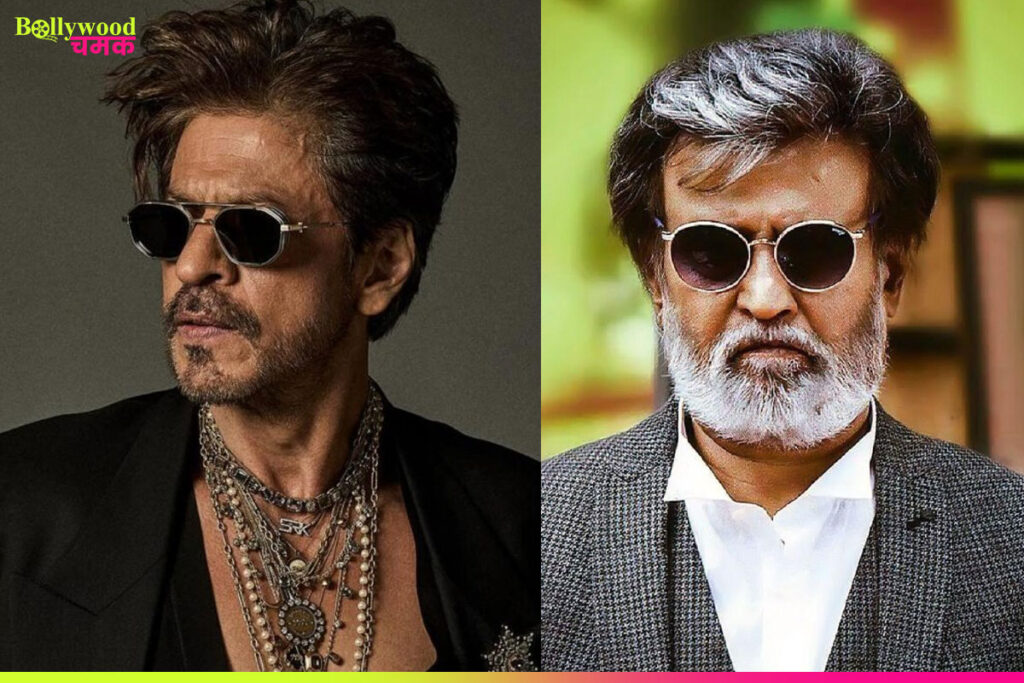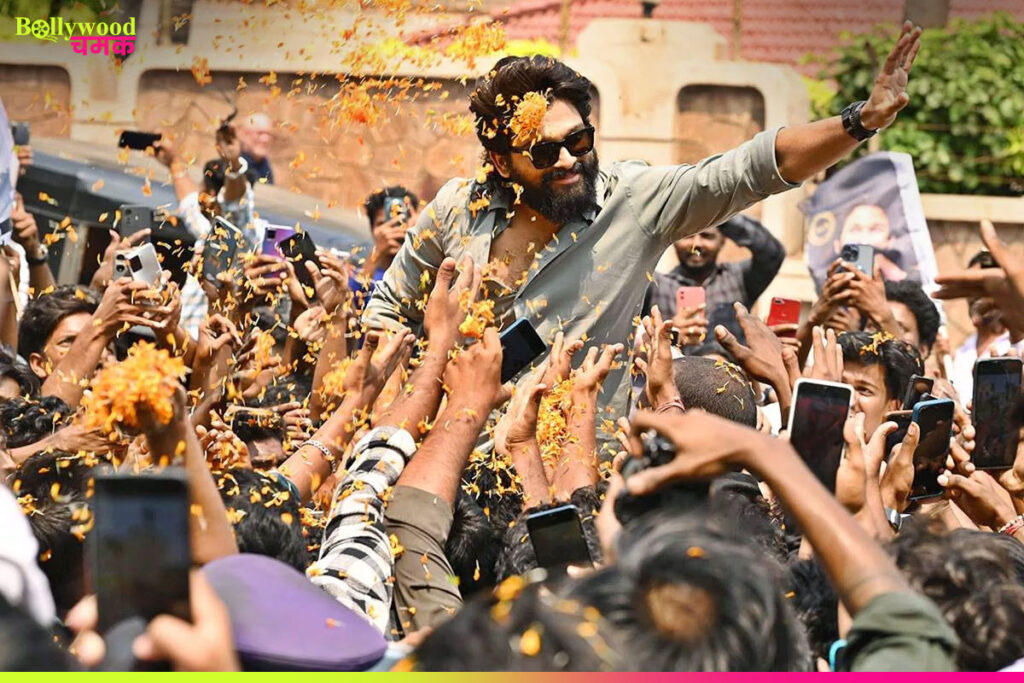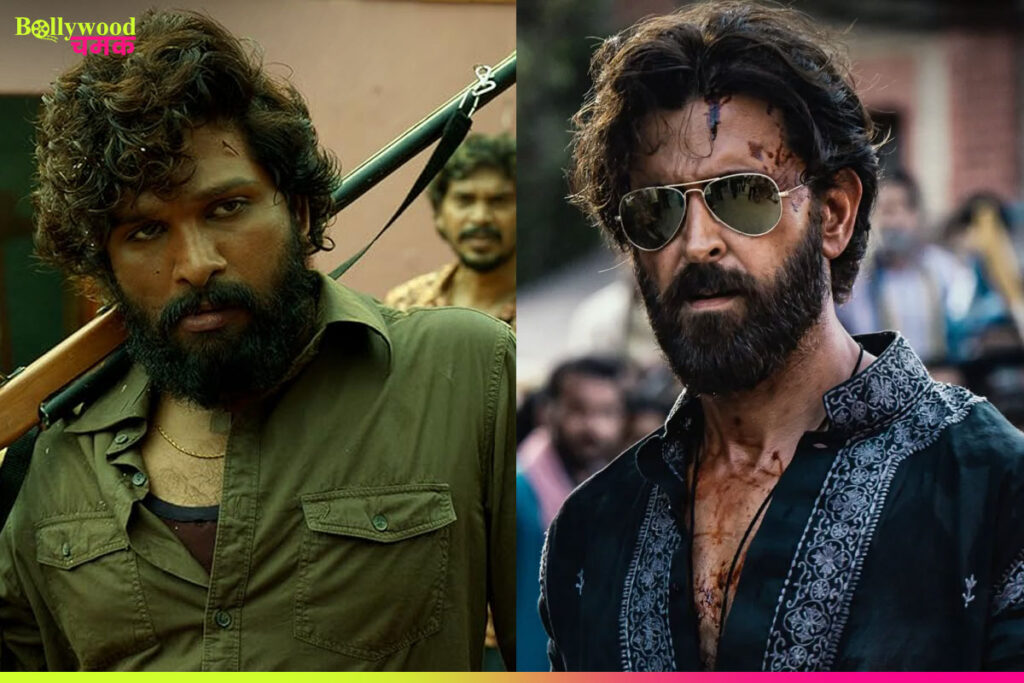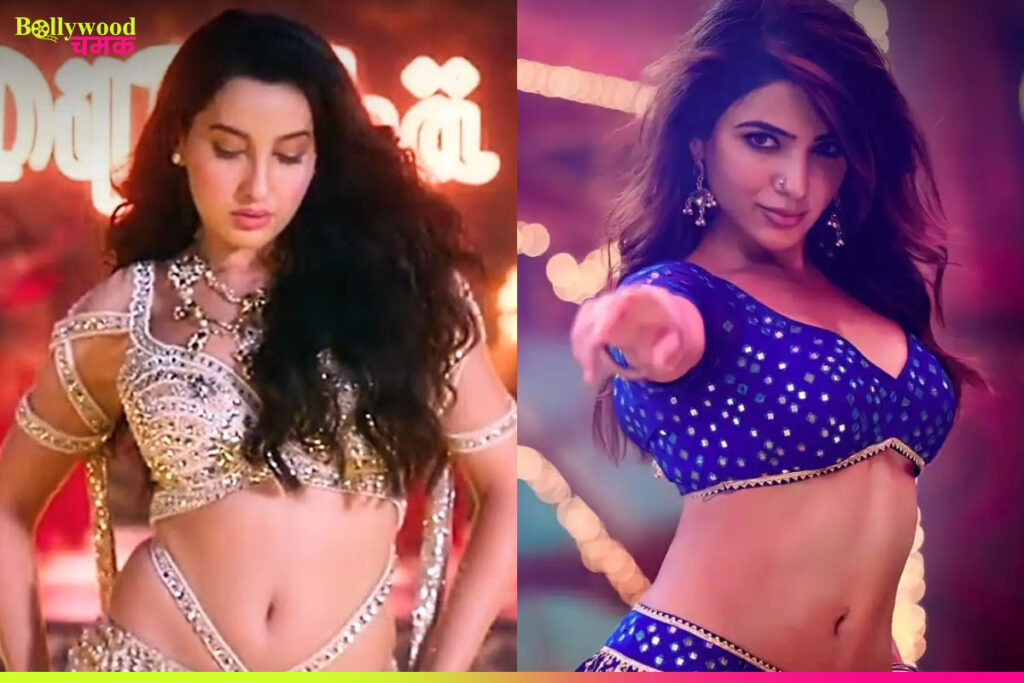Discover the key differences between Bollywood and South Indian cinema—from storytelling styles and star power to language, culture, and global appeal.

🎬 Introduction: India’s Dual Cinematic Powerhouses
India is one of the largest producers of films in the world, and at the heart of this vast industry lie two powerful giants—Bollywood and South Indian cinema. While Bollywood, based in Mumbai, represents Hindi-language films, South Indian cinema comprises industries like Tollywood (Telugu), Kollywood (Tamil), Sandalwood (Kannada), and Mollywood (Malayalam). Though they all belong to the same country, these film industries differ vastly in terms of storytelling, culture, language, music, production style, and audience connection.
In this blog, we explore the major differences, unique characteristics, and growing influence of Bollywood vs South Indian cinema and how both have contributed to India’s rich cinematic heritage.

🌟 Historical Evolution: Two Different Journeys
Bollywood—The Glitz of Hindi Cinema
Bollywood began its journey in the early 20th century, with Raja Harishchandra (1913) by Dadasaheb Phalke considered the first full-length Indian feature film. Over the decades, Bollywood grew into a glamor-driven industry, known for its song-dance routines, romantic sagas, and commercial masala films.
South Indian Cinema—Rooted in Culture and Drama
On the other hand, South Indian cinema evolved regionally and is deeply rooted in local folklore, cultural narratives, and theatrical storytelling. The South has produced legends like M.G. Ramachandran, Rajinikanth, Chiranjeevi, Kamal Haasan, and many more.

🧠 Storytelling Styles: Drama vs Depth
Bollywood—Formulaic Yet Entertaining
Bollywood often follows a structured commercial formula—hero meets heroine, conflict arises, songs inserted, followed by a happy ending. However, in recent years, it has started embracing more realistic narratives through films like Article 15, Piku, and Gully Boy.
South Indian Cinema—Experimentation and Innovation
South Indian films have always been ahead in technical innovation and genre exploration. From gritty action dramas like Vikram, KGF, and Pushpa to heartfelt stories like Premam and 96, South Indian filmmakers focus on emotional depth and visual appeal.
🧑🤝🧑 Star Culture and Fan Following
Bollywood—Celebrity Stardom
Bollywood is known for its star-driven industry where actors like Shah Rukh Khan, Salman Khan, and Aamir Khan command massive fan bases. Star kids often dominate the industry, which sometimes results in criticism over nepotism.
South Indian Cinema—Worshipping the Stars
South India has a devotional fan culture, especially in Tamil and Telugu cinema. Stars like Rajinikanth and Allu Arjun are worshipped like gods, with fans organizing mass prayers and celebrations before film releases. Yet, many South stars come from humble backgrounds, earning respect for their journey.

🎶 Music and Dance Styles
Bollywood—Global Pop Appeal
Bollywood music has a pan-India and global fanbase, mixing traditional Indian tunes with modern pop and electronic beats. Music directors like A.R. Rahman, Pritam, and Vishal-Shekhar have shaped its identity.
South Indian Cinema—Rhythmic and Regional
South Indian film music is deeply lyrical and rooted in classical ragas. From Ilaiyaraaja to Devi Sri Prasad, South composers have crafted iconic melodies. Dance numbers are often energetic, filled with intricate footwork and cultural symbolism.
🎥 Production Quality and Budgets
Bollywood – Lavish Sets and Glamour
Bollywood is famous for its high-budget productions with international locations, elaborate sets, and designer costumes. It often focuses on grandeur and visual appeal.
South Indian Cinema—High Tech and Action
South films, especially Telugu and Tamil, invest heavily in VFX, action choreography, and technical brilliance. Films like RRR and Baahubali have raised the bar for cinematic excellence, gaining global recognition.
🌍 Regional vs National vs Global Appeal
Bollywood—National Language Advantage
Being in Hindi, Bollywood has traditionally enjoyed a pan-Indian reach, as Hindi is widely understood. Many Bollywood stars also enjoy international fame.
South Indian Cinema—From Regional to Global
Earlier considered “regional,” South Indian cinema has now crossed borders. With pan-India blockbusters and dubbing in multiple languages, South Indian films like Baahubali, Pushpa, and Kantara have redefined success in India and abroad.
📝 Content Diversity and Genres
Bollywood—Emotion and Romance
Bollywood has dominated genres like romance, family drama, and social commentary. It often addresses urban issues and appeals to metro audiences.
South Indian Cinema—Action and Mythology
South Indian films delve into mythology, folk tales, action thrillers, and socio-political dramas. They are often raw, rooted, and rustic, with layered characters and gripping plotlines.
🗣️ Language and Dialogue Delivery
Bollywood – Urban and Mass Appeal
Bollywood dialogues are crafted in Hinglish (Hindi + English), appealing to the urban youth and multiplex audience.
South Indian Cinema—Rich Linguistic Texture
South films celebrate their native languages and dialects. The linguistic authenticity adds emotional richness and realism to the narrative.
🔄 Cultural Representation
Bollywood—North Indian Centric
Bollywood often portrays a North Indian culture, focusing on Punjabi weddings, Delhi-based stories, and Mumbai’s urban life.
South Indian Cinema—Diverse Cultural Tapestry
South Indian films showcase a range of cultures, from Kerala’s backwaters to Tamil Nadu’s temples, highlighting local customs, festivals, and traditions with authenticity.
🎯 Conclusion: A Matter of Taste and Evolution
The Bollywood vs. South Indian cinema debate is not about superiority but about diversity. Both industries have their strengths—Bollywood brings mainstream glamour and wide appeal, while South Indian cinema offers depth, technical brilliance, and rooted storytelling.
Interestingly, the lines are now blurring, with actors, directors, and audiences crossing over. Bollywood stars are acting in Telugu or Tamil films, and South Indian films are ruling Hindi box offices.
Ultimately, Indian cinema is evolving into a more unified space, celebrating diversity and creativity in all forms. Whether you’re a fan of Shah Rukh Khan’s charm or Allu Arjun’s swag, there’s space for all kinds of storytelling in the ever-growing world of Indian films.
Want more cinematic breakdowns like this? Stay tuned to our blog for the latest in film, culture, and entertain

